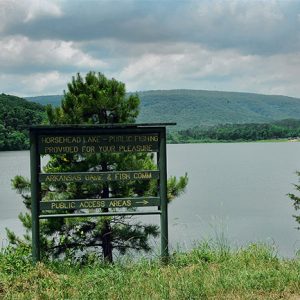 Horsehead Lake
Horsehead Lake
Entry Type: Place - Starting with H
 Horsehead Lake
Horsehead Lake
Horseshoe Bend (Izard County)
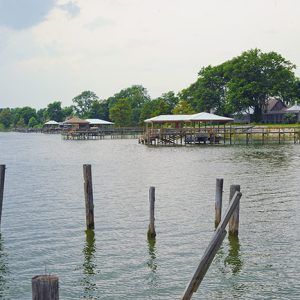 Horseshoe Lake
Horseshoe Lake
Horseshoe Lake (Crittenden County)
Hot Spring County
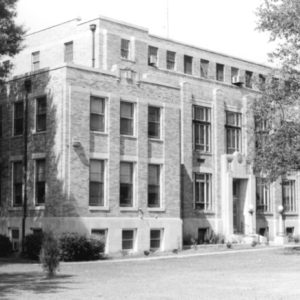 Hot Spring County Courthouse
Hot Spring County Courthouse
 Hot Spring County Museum
Hot Spring County Museum
Hot Springs (Garland County)
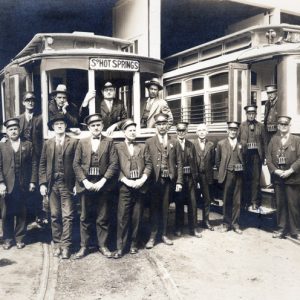 Hot Springs Conductors
Hot Springs Conductors
 Hot Springs Central Avenue
Hot Springs Central Avenue
 Hot Springs Central Avenue
Hot Springs Central Avenue
Hot Springs Central Avenue Historic District
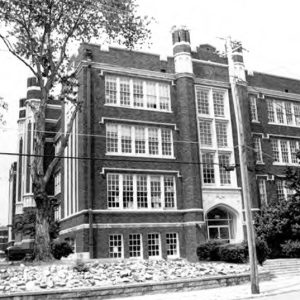 Hot Springs High School
Hot Springs High School
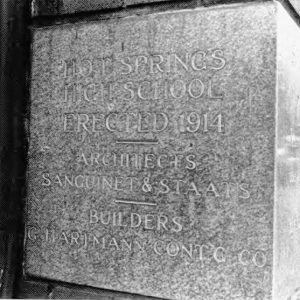 Hot Springs High School Cornerstone
Hot Springs High School Cornerstone
 Hot Springs High School Entrance
Hot Springs High School Entrance
 Hot Springs National Park
Hot Springs National Park
Hot Springs National Park
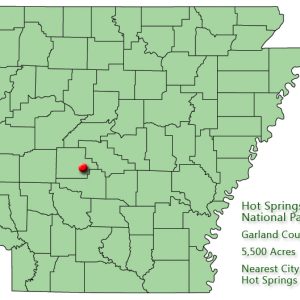 Hot Springs National Park: Park Location
Hot Springs National Park: Park Location
 Hot Springs National Park
Hot Springs National Park
 Hot Springs National Park Visitor Center
Hot Springs National Park Visitor Center
Hot Springs Normal and Industrial Institute
aka: Mebane Academy
 Hot Springs Railroad Roundhouse
Hot Springs Railroad Roundhouse
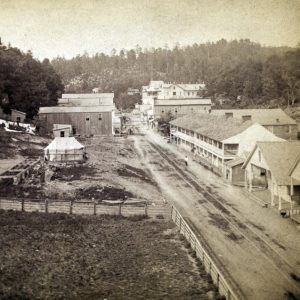 Hot Springs Street Scene
Hot Springs Street Scene
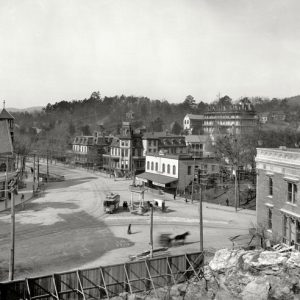 Hot Springs Trolley
Hot Springs Trolley
Hot Springs Village (Garland and Saline Counties)
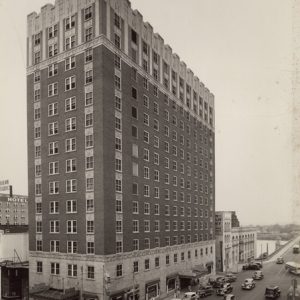 Hotel Ben McGehee
Hotel Ben McGehee
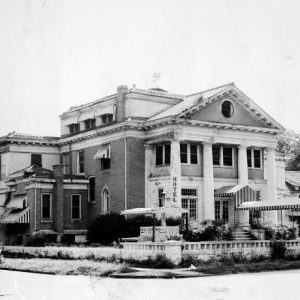 Hotel Charmaine
Hotel Charmaine
 Hotel Frederica, 2021
Hotel Frederica, 2021
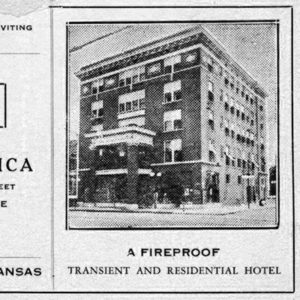 Hotel Freiderica
Hotel Freiderica
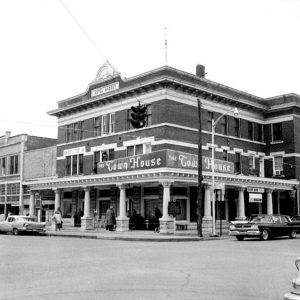 Hotel Massey
Hotel Massey
 Hotel Noble
Hotel Noble
Hotel Pines
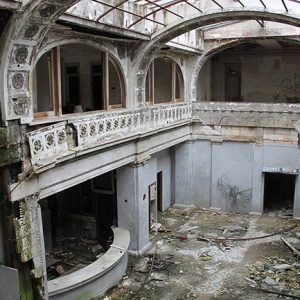 Hotel Pines Lobby
Hotel Pines Lobby
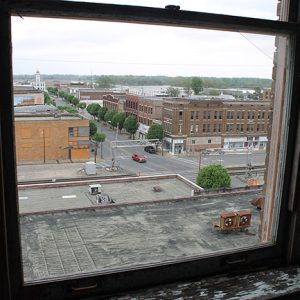 Hotel Pines View
Hotel Pines View
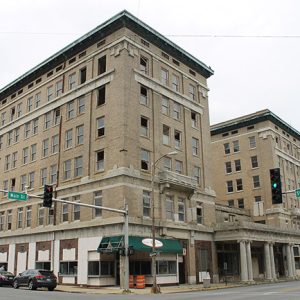 Hotel Pines
Hotel Pines
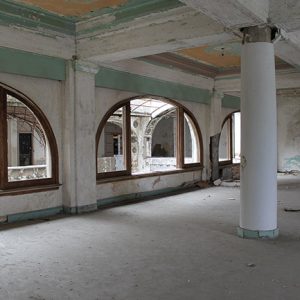 Hotel Pines Ballroom
Hotel Pines Ballroom
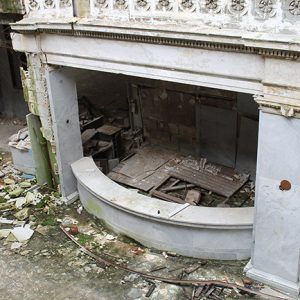 Hotel Pines Front Desk
Hotel Pines Front Desk
 Hotel Richelieu
Hotel Richelieu
 Hotel Seville
Hotel Seville
 First Hotze House
First Hotze House
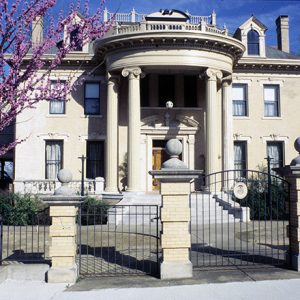 Hotze House
Hotze House
 House at 712 North Mill Street
House at 712 North Mill Street
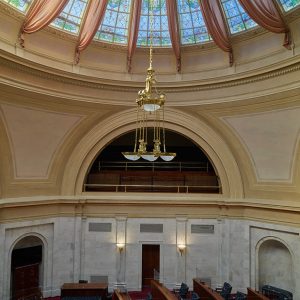 House Chamber
House Chamber
Houston (Perry County)
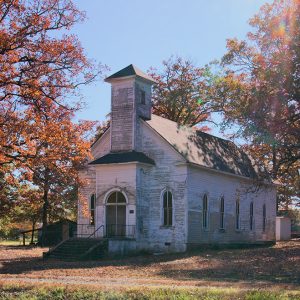 Houston Methodist Episcopal Church
Houston Methodist Episcopal Church
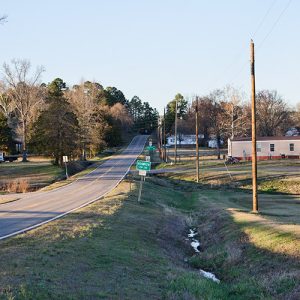 Houston Street Scene
Houston Street Scene
Hovey, Charles Edward
Howard County
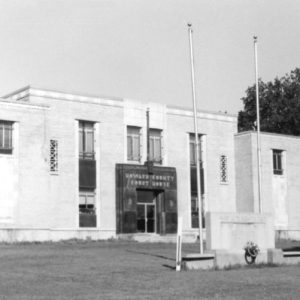 Howard County Courthouse
Howard County Courthouse
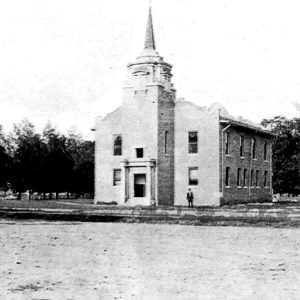 Howard County Courthouse
Howard County Courthouse




